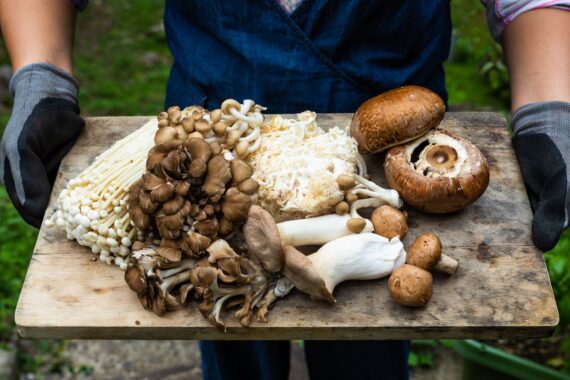It’s neither plant nor animal, it can glow in the dark, and it can be deadly. No, not aliens. We’re talking about mushrooms — those strange, mouthwatering morsels that grow in the depths of the forest. But the more you learn about fungi, the more they do sound like extraterrestrial organisms pulled straight from the pages of a sci-fi novel. Here’s a list of the weirdest, most compelling mushroom facts that’ll leave you with an appreciation for the bizarre and fascinating world of fungi.
Related: 21 Fun Facts You Didn’t Know About Mac and CheeseA Mushroom Is the Largest Organism on Earth

Most of us know them as the savory, button-shaped treats you buy at the grocery store. But it turns out that mushrooms can be huge — so huge that one mushroom in Oregon is the largest organism on the planet. The giant Armillaria ostoyae (aka Honey Fungus), a millennia-old fungus, inhabits 2,384 acres in Oregon’s Blue Mountains. It covers so much ground thanks to its rhizomorphs, the organism’s fungal, root-like threads.
Related: Facts About Apples That Will Take You By SurpriseMushrooms Can Absorb Oil Spills

When disaster strikes, mushrooms can help clean up our messes by transforming pollutants into inert matter. This process, known as mycoremediation, can not only help us with oil spills but also wildfires, industrial runoff, and harmful pathogens. Unfortunately, companies have been slow to adopt mycoremediation because mushrooms can’t easily be patented and monetized.
Related: 30 Things You Didn’t Know About Your Favorite Childhood CerealsMushrooms Can Relieve Depression

Magic mushrooms aren’t just for turning on, tuning in, and dropping out. Researchers at Johns Hopkins Medicine, Columbia University Department of Psychiatry, and other prominent universities have discovered that psychedelic mushrooms can also alleviate anxiety and depression. A study out of Imperial College London even found that mushrooms are at least as effective as antidepressants, and often with fewer side effects.
Mushrooms Are Neither Plants Nor Animals
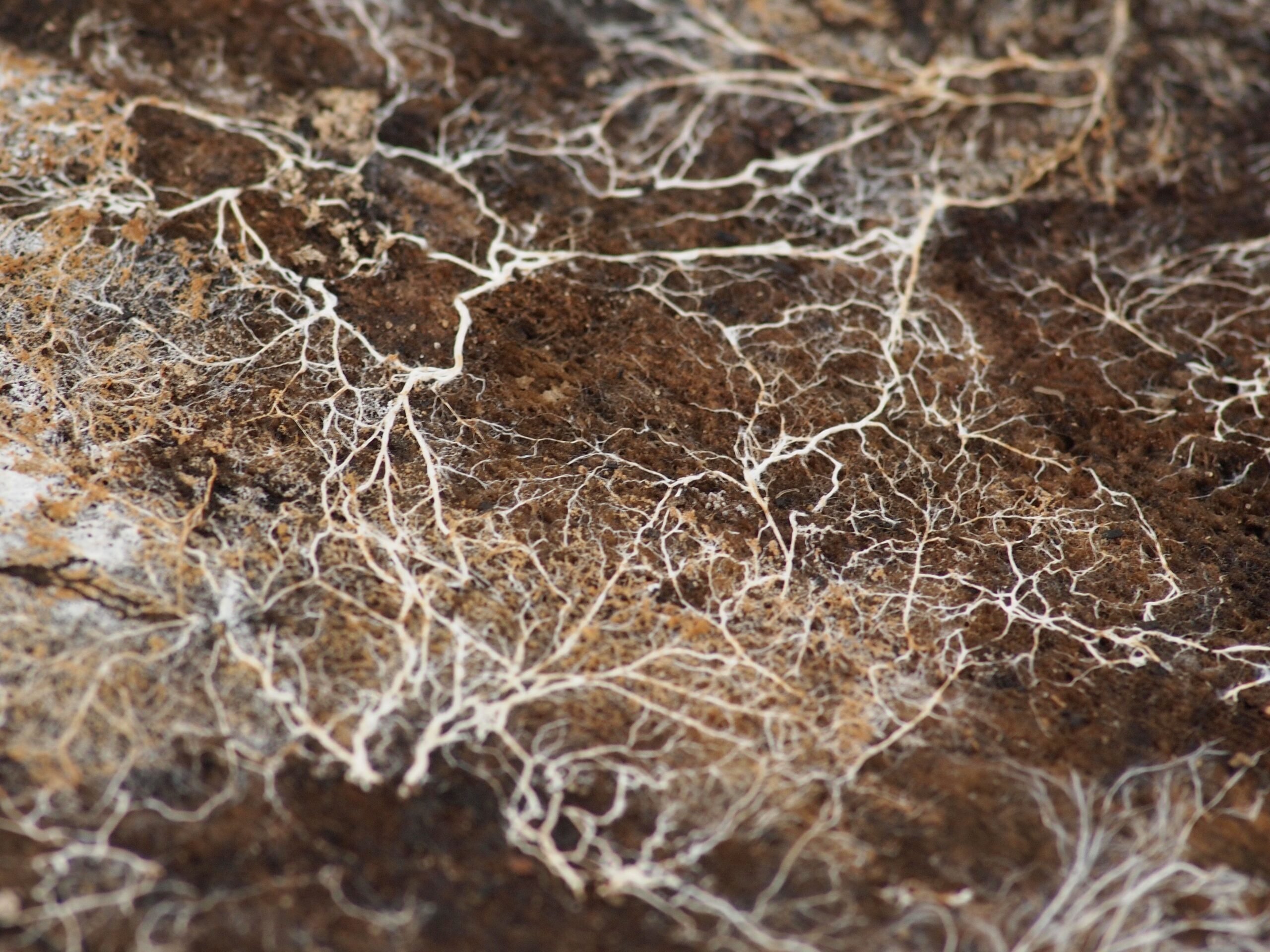
Plants absorb the sun’s energy. Animals eat. Mushrooms? They release enzymes, digest their food externally, and then absorb nutrients through a root-like network called mycelium. That’s why mushrooms belong to a different biological kingdom: fungi. Strangely enough, fungi are also genetically closer to animals than plants.
Mushrooms Can Communicate With Each Other
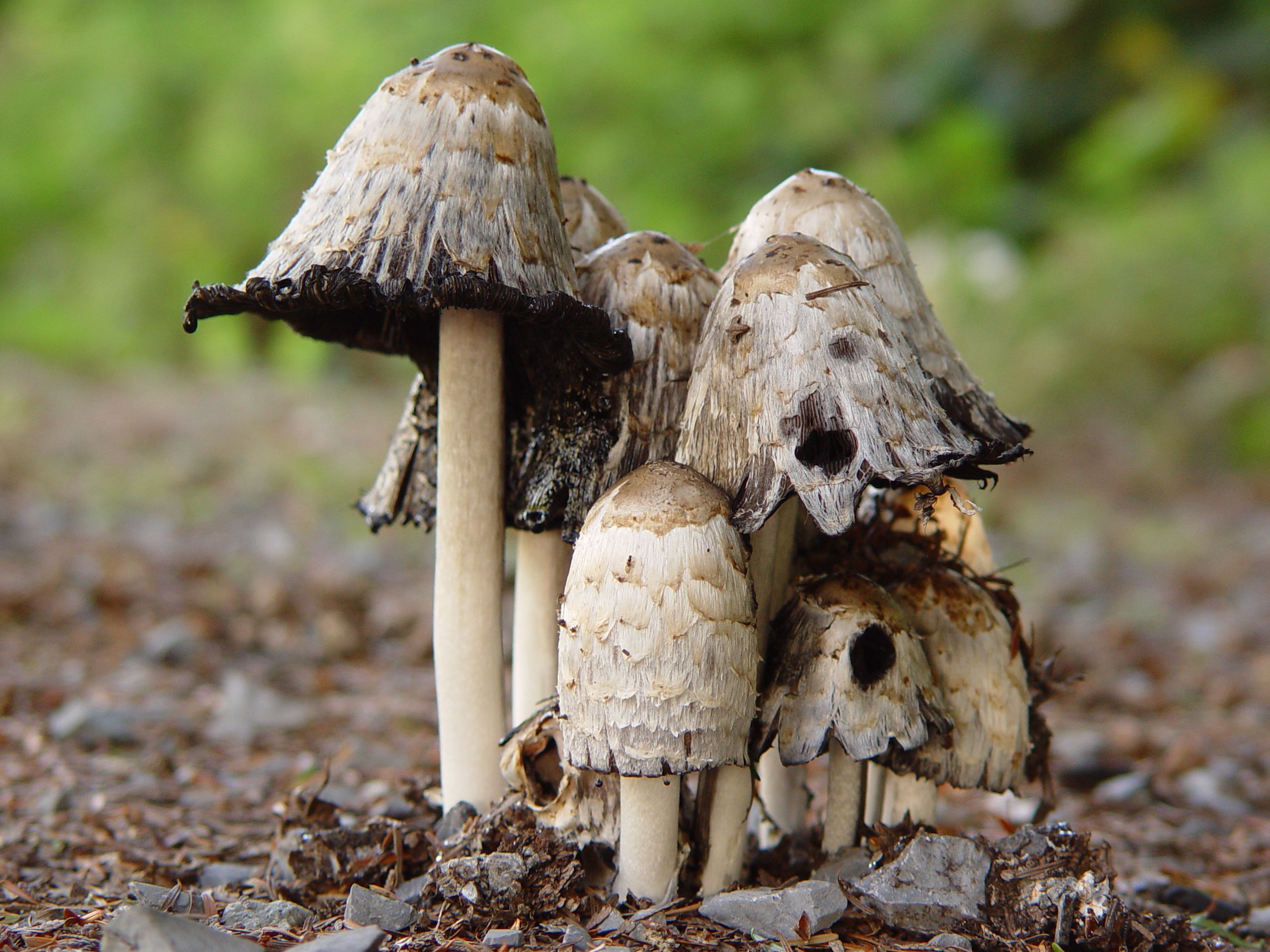
Researchers at the University of the West of England have discovered that the electrical signals that mushrooms send through root-like hyphae are strikingly similar to human language. They send out these impulses — like human nerves — to share information about food and injuries with other parts of the organism. The impulses resemble human language, with researchers hypothesizing the organism has a vocabulary of around 50 words. That said, the research is far from conclusive.
Trending on Cheapism
Mushrooms Are a Source of Vitamin D
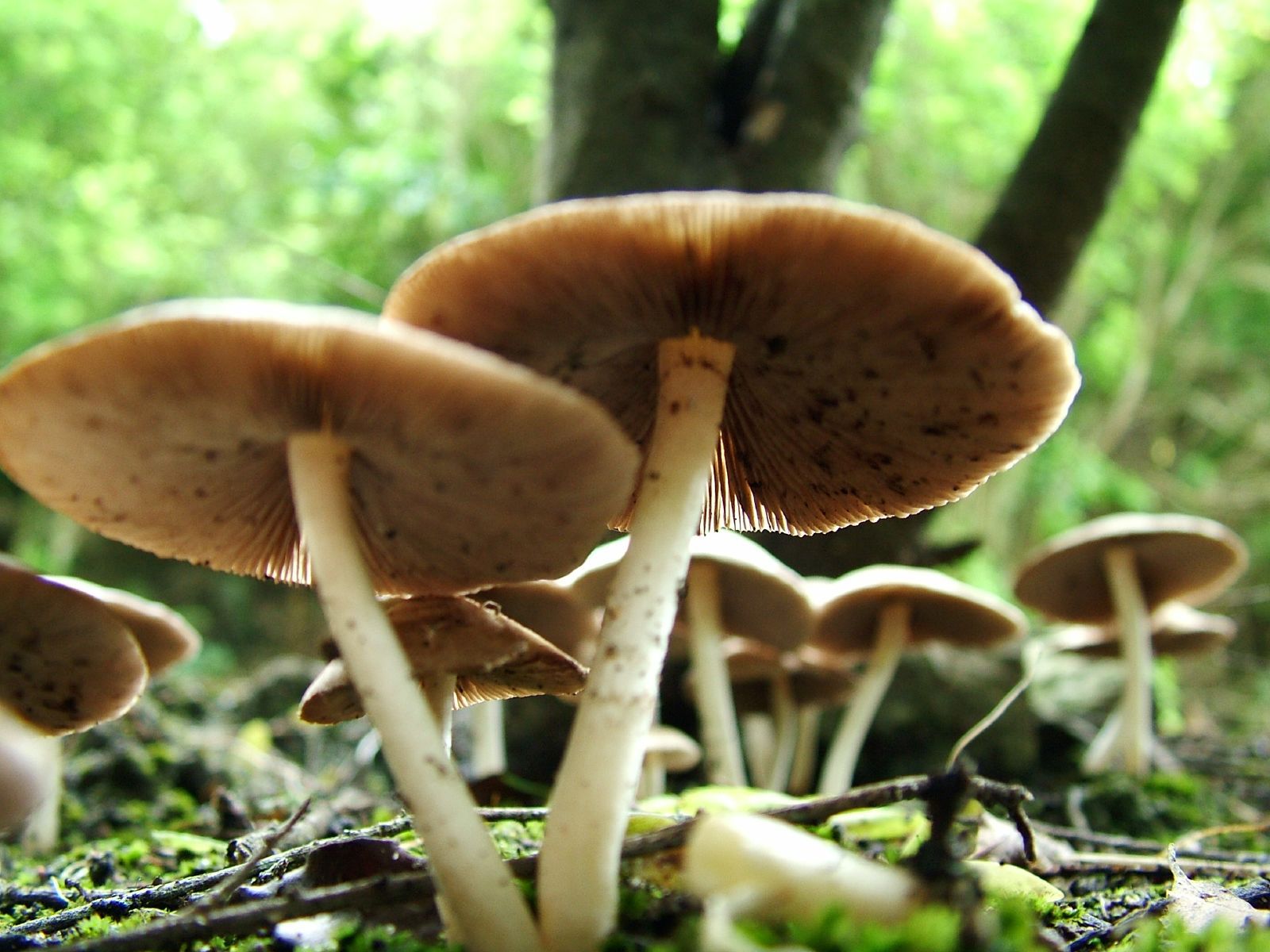
While it has been nicknamed the sunshine vitamin, shade-loving mushrooms are also a good source of vitamin D. That’s notable because most vitamin D-rich foods are either fortified, animal products, or both.
Mushrooms Are Rich in Umami
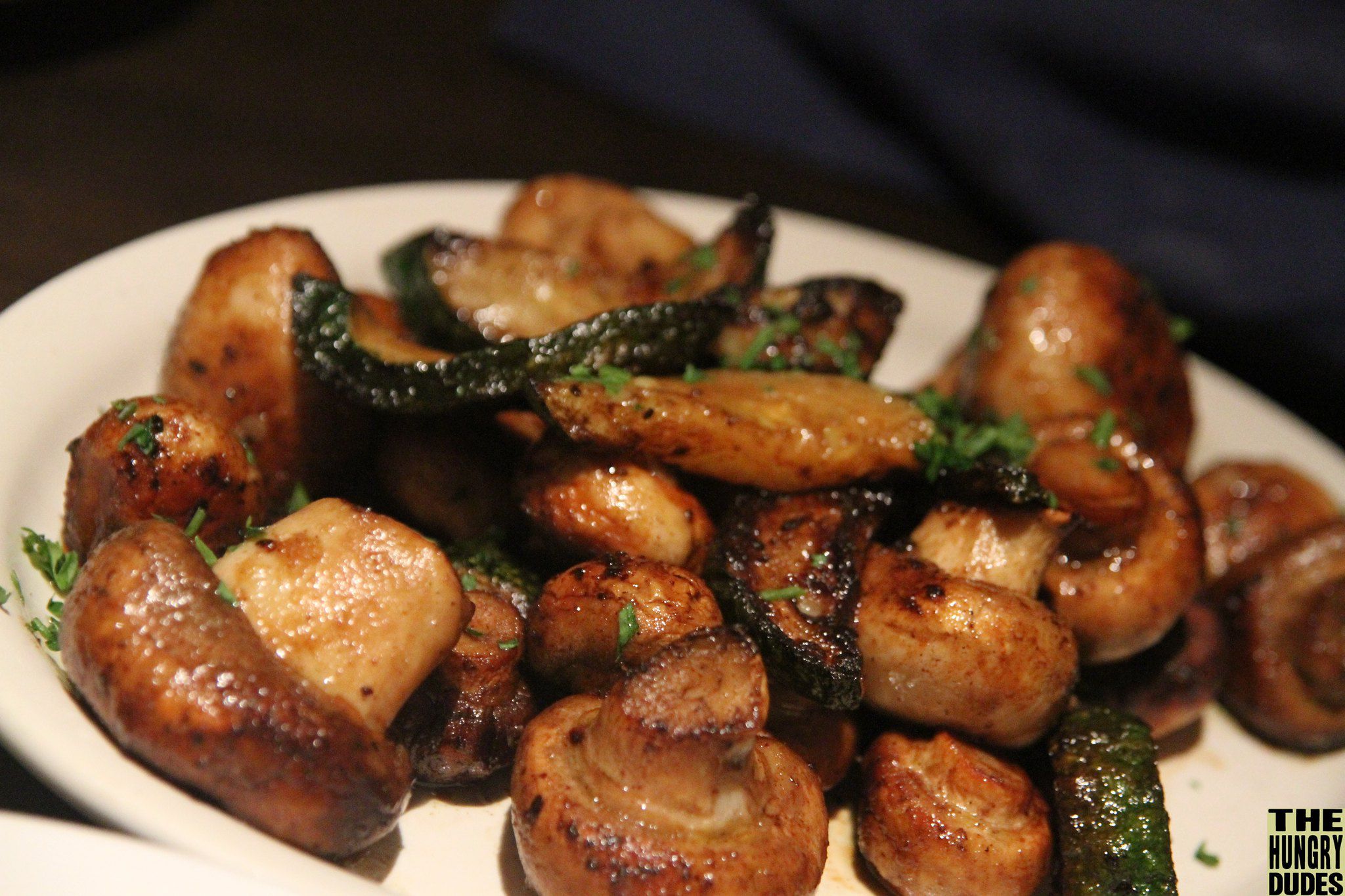
Vegetarians and vegans go wild for mushrooms because, well, they taste kind of like meat. That’s because these mycological marvels are rich in umami, the fifth of our five basic tastes. Taken from the Japanese, umami describes the savory, meaty, and fulfilling quality that comes along with meats, aged cheeses, and MSG.
Mushrooms Can Create Their Own Breezes
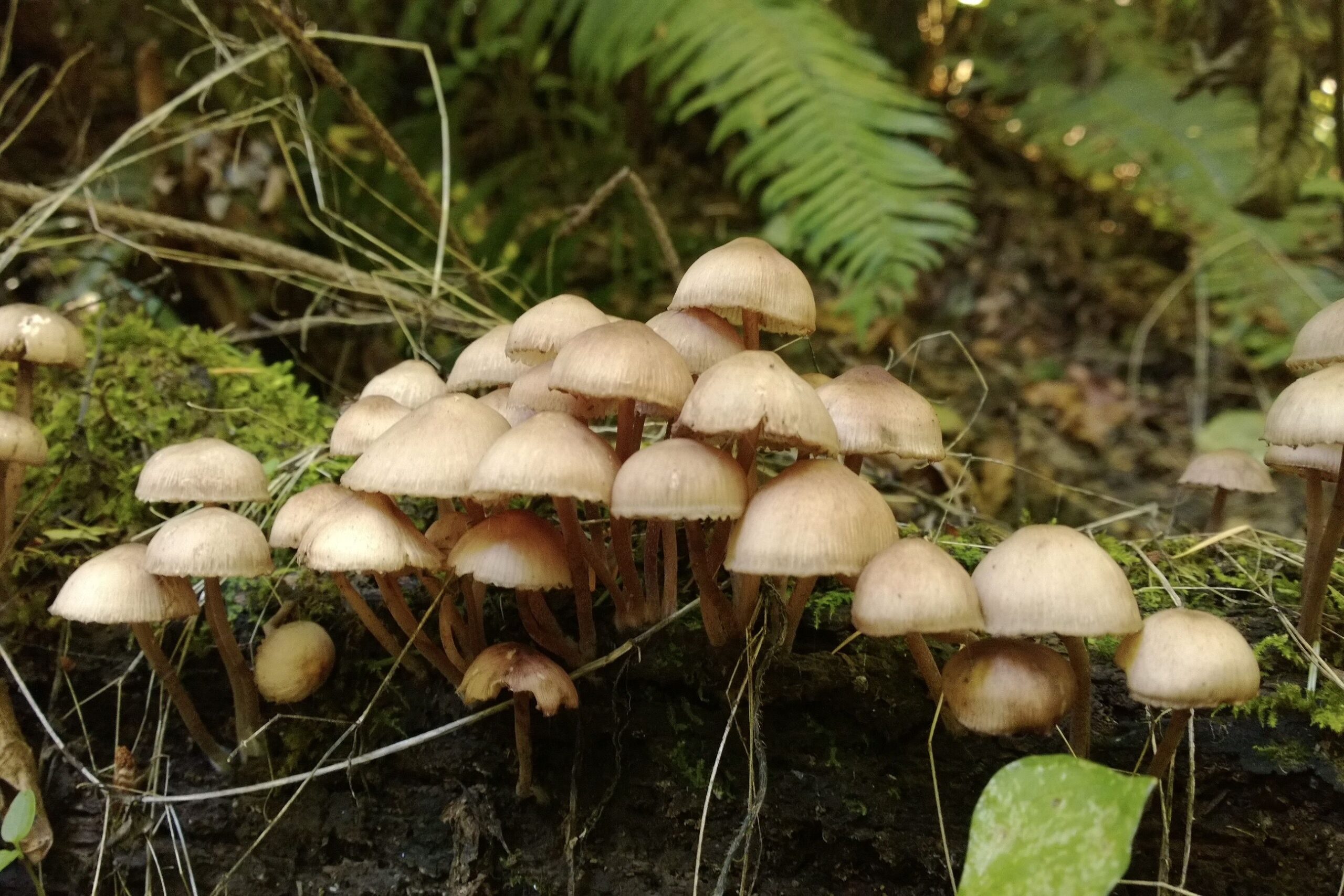
Mushrooms reproduce by scattering their spores. But how do they manage when there isn’t a breeze? Researchers have discovered that mushrooms can release water vapor, which cools the air around the organism, creating a slight breeze.
Sign up for our newsletter
Mushrooms Can Cost Thousands
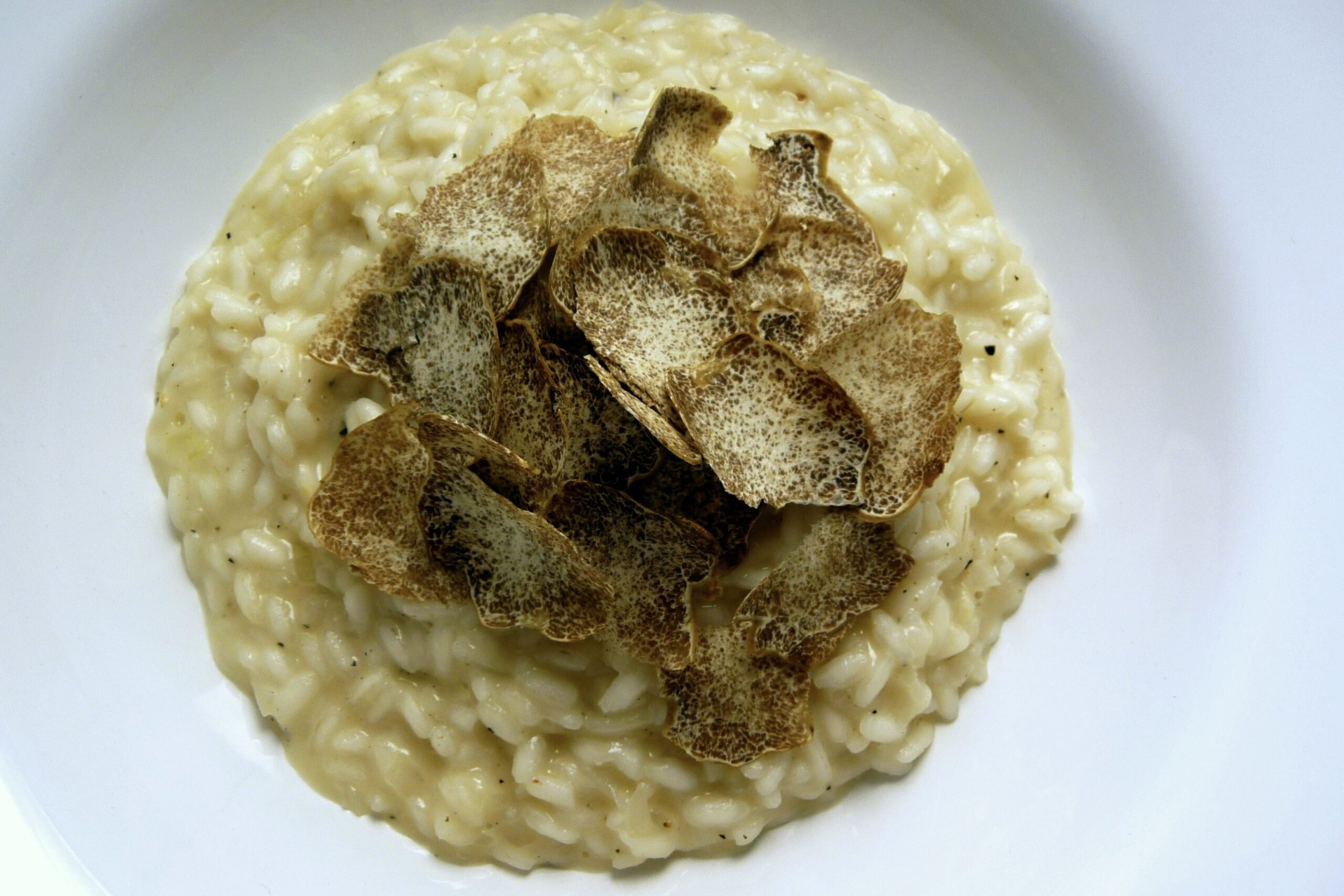
Elusive, exotic, and expensive, the European white truffle is the world’s priciest mushroom. A pound of the earthy-tasting fungus can be more than $2,000. The black diamond truffle, the runner-up in price, is cheaper but will still run you upwards of $700 per pound.
Mushrooms Can Be Fatal
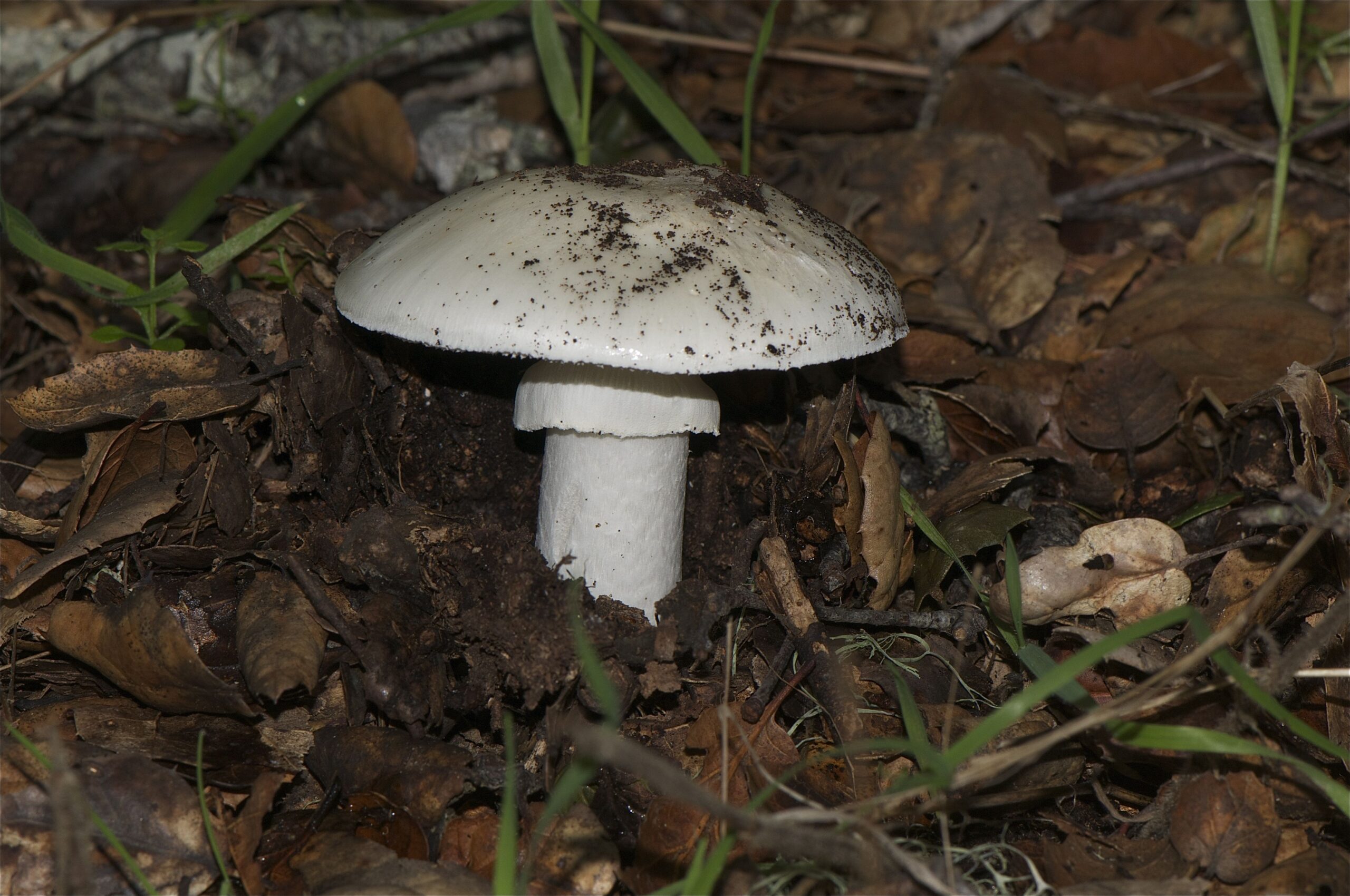
More than 50% of patients die after consuming the death cap, the deadliest of all mushrooms. Both Pope Clement VII and Roman Emperor Claudius are said to have been victims of this poisonous mushroom, which looks eerily similar to edible straw and caesar’s mushrooms. The upshot? Never eat wild mushrooms unless you’re with a foraging expert.
Mushrooms Can Glow in the Dark
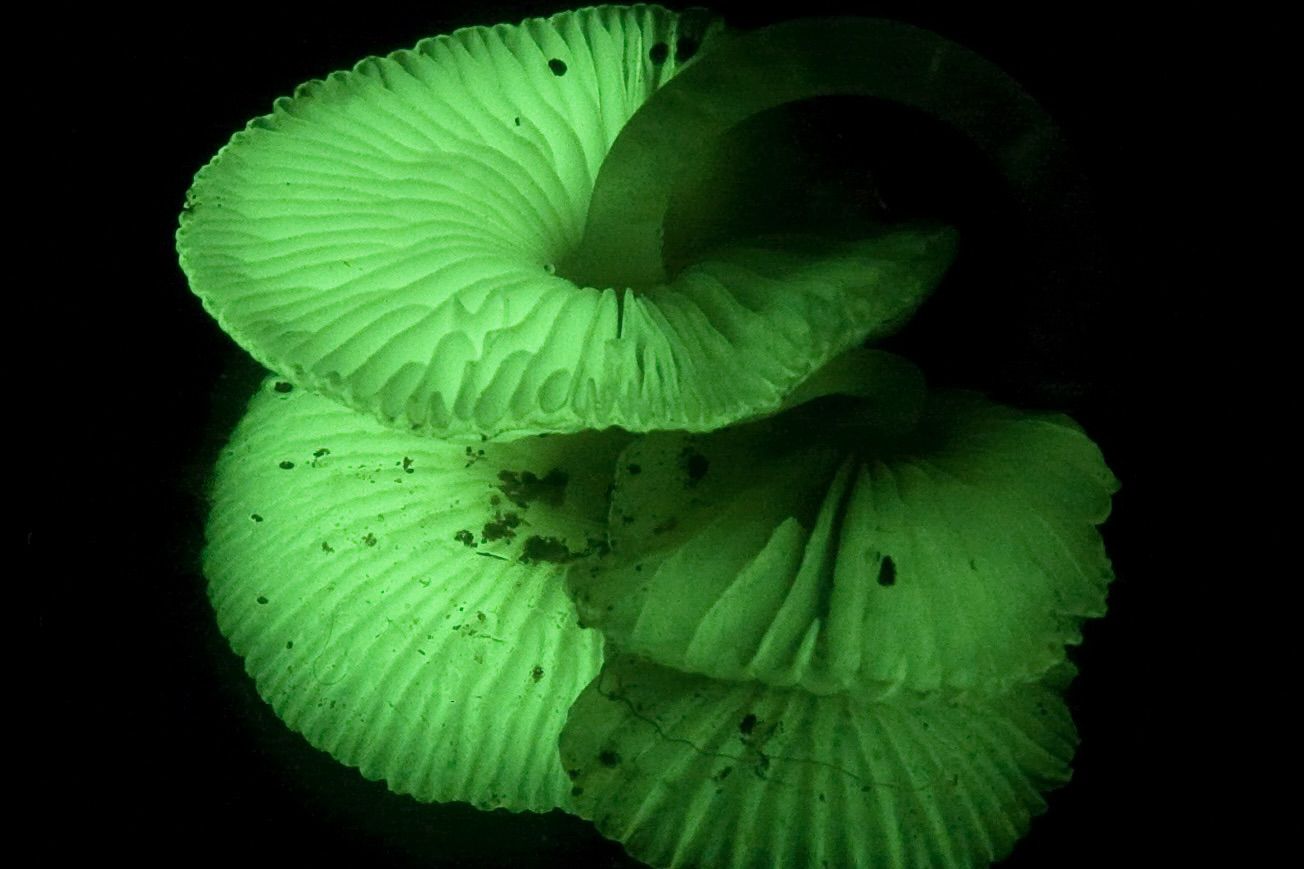
Some mushrooms, like Neonothopanus gardneri glow in the dark to attract bugs, which in turn help spread the organism’s spores. These glowing fungi use the bioluminescent compound luciferin to illuminate their caps.
Mushrooms Can Be Carnivorous

Oyster mushrooms look innocent enough, but these carnivorous creatures harness a unique fungal poison to paralyze, kill, and liquify tiny, soil-dwelling nematodes (aka roundworms) for food. And they’re not alone. Oomycetes, another gnarly class of fungi, send out cells that spear worms and destroy their internal organs.
Mushrooms Can Taste Exactly Like Chicken
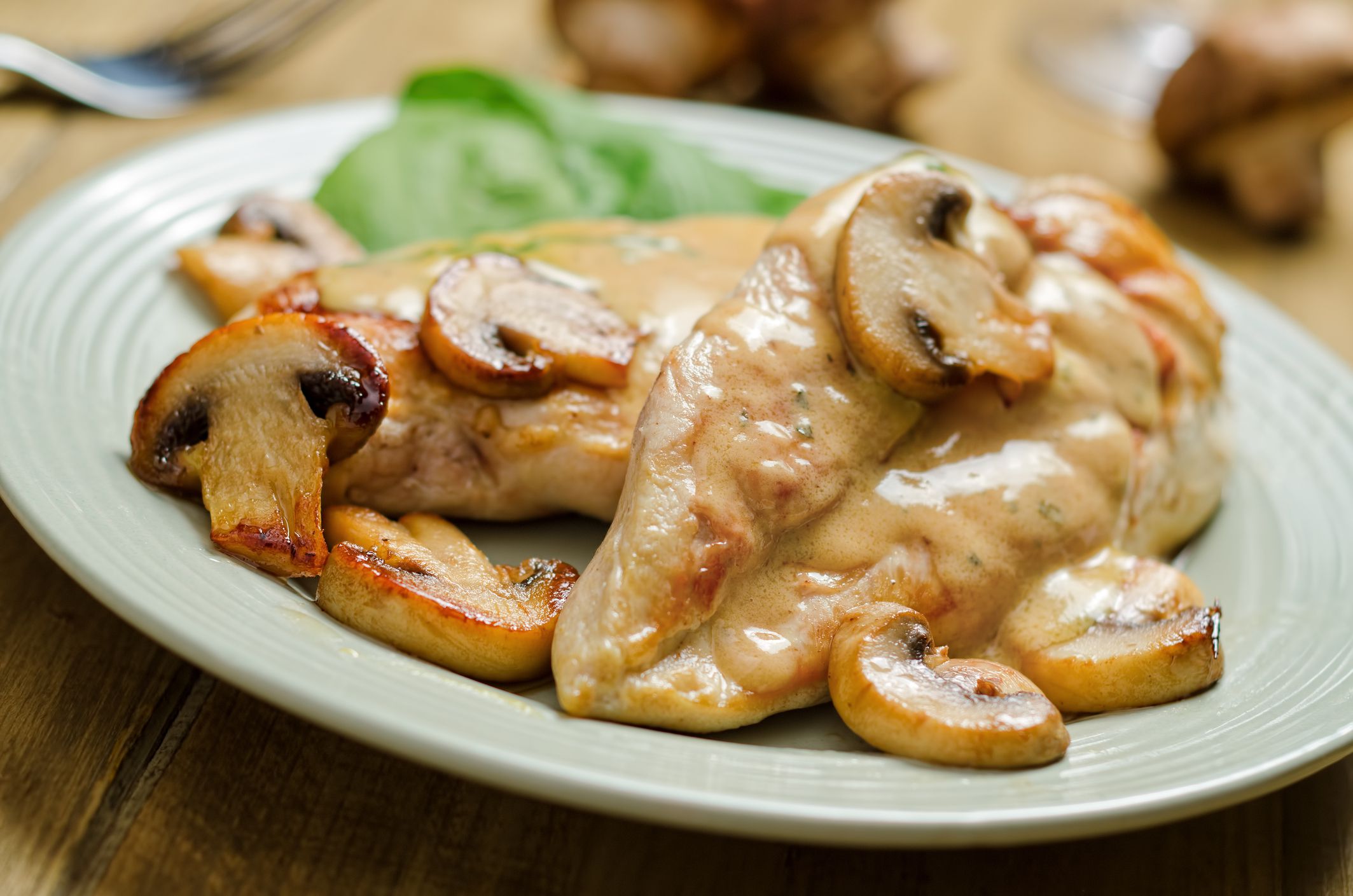
Laetiporus, better known as Chicken of the Woods, is an edible mushroom that tastes and feels like poultry when cooked. You can find these flavorful fungi on injured and rotting trees throughout the United States, but make sure you know what you’re doing before you sample random fungi.
Mushrooms Are Like the Fungus’ Fruit
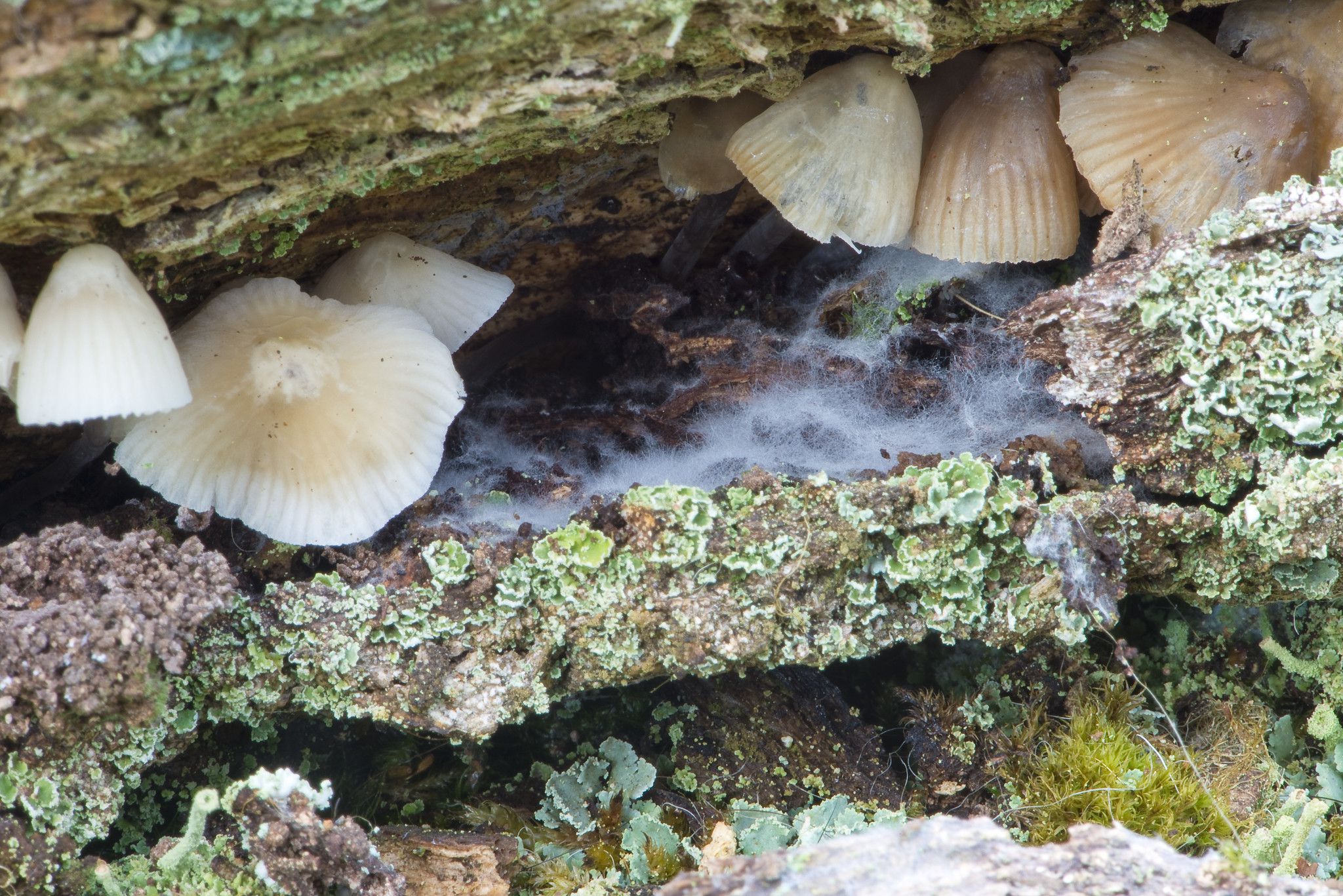
When you think of a mushroom, you likely think of its cap and stem. But that’s just the mushroom’s “fruiting body,” the organism’s spore-laden reproductive structure. Most of the mushroom lives underground, where its root-like web of mycelium provides the fungus with nutrients.
Mushrooms Have Gills
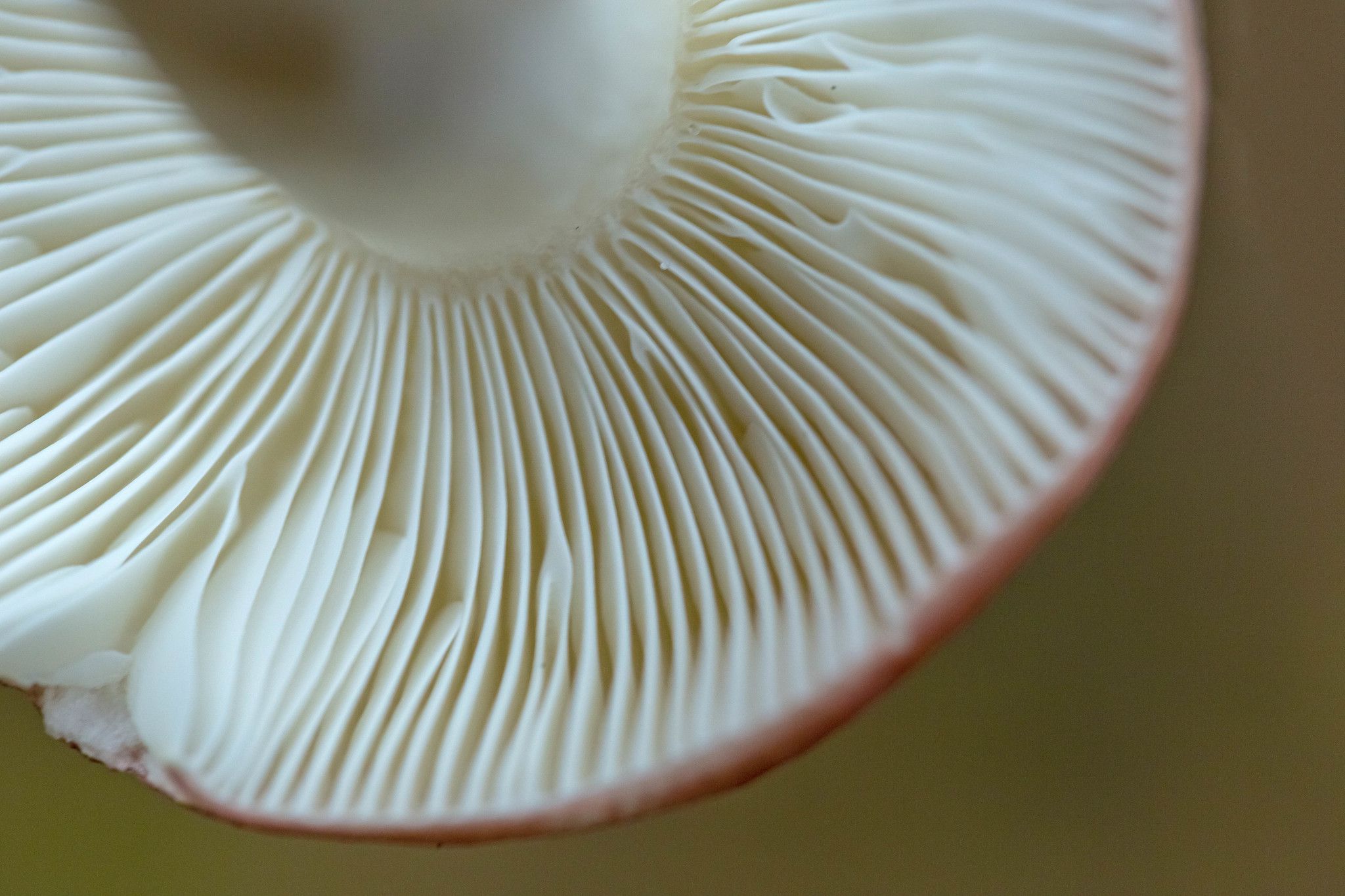
Underneath a mushroom’s cap, you’ll find its lamella or gills, which are filled with the organism’s reproductive spores. Thanks to tens of thousands of these microscopic “seeds,” common mushrooms can produce 1 billion offspring in just one day.
Mushrooms Are Sustainable
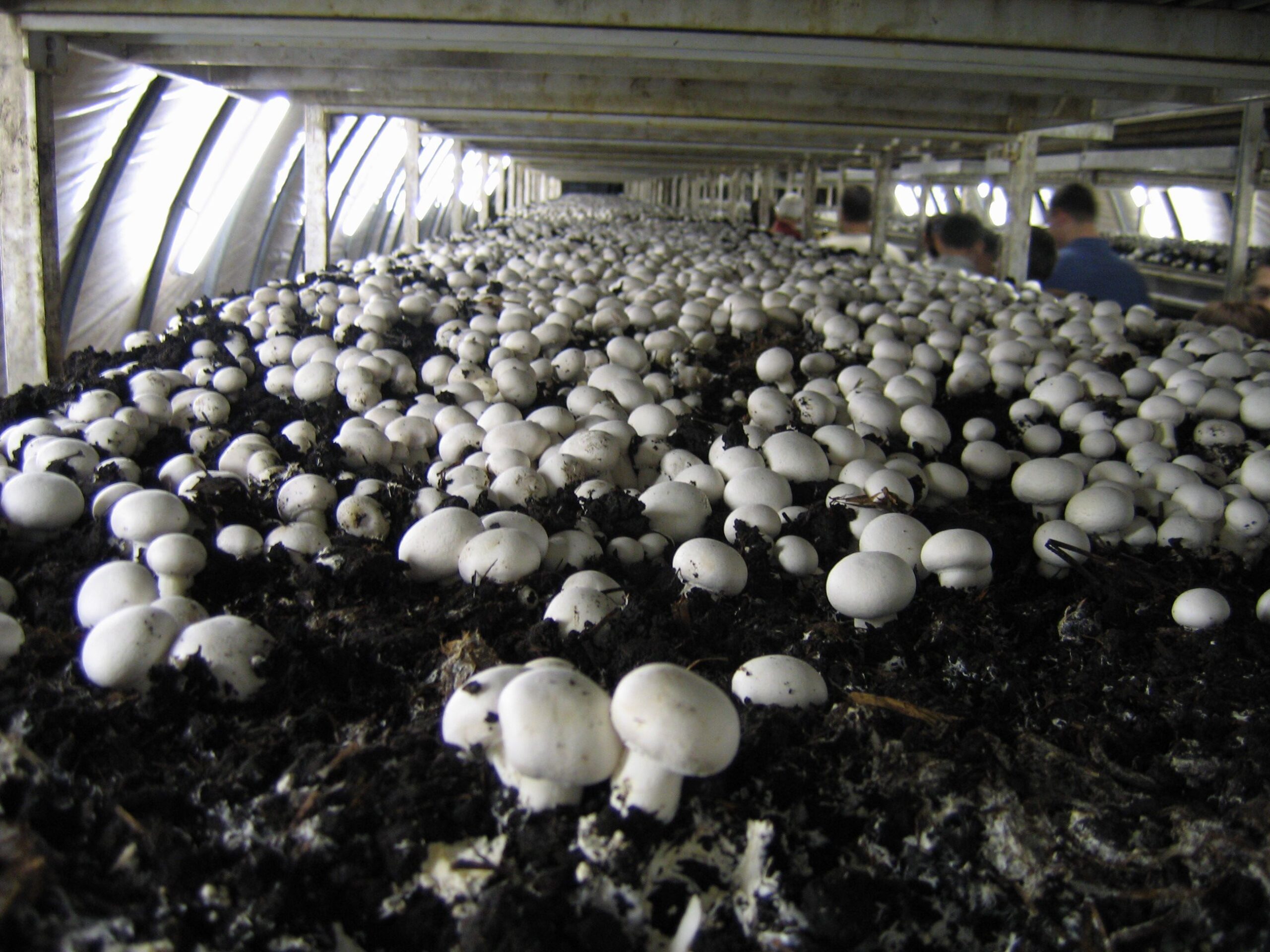
Mushrooms require far less water, land, and carbon dioxide to produce compared to meats, cheeses, and some veggies. For instance, pork requires 11 times more carbon dioxide per pound than mushrooms. Fungi also have the added benefit of being an “ultimate recycler,” which is an organism that can transform waste into compost.
Mushrooms Can Be Medicinal
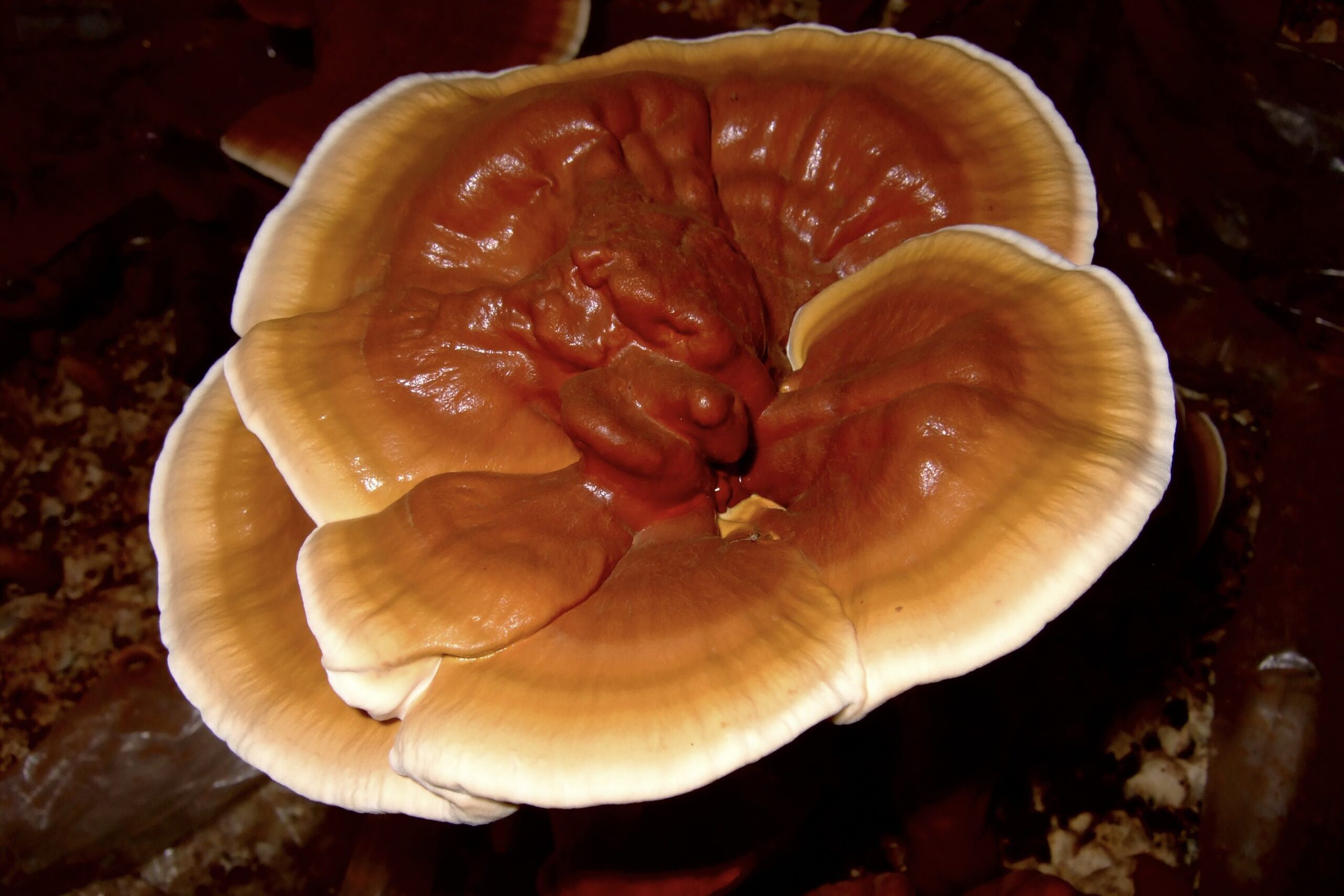
Mushrooms have been used for centuries in traditional Chinese medicine, and recent research has supported some claims that fungi can help treat lung diseases and cancer. Of the more than 100 species of medicinal mushrooms in Asia, the reishi mushroom is particularly popular for its immune-boosting properties.
Mushrooms Were Thought to Grant Immortality

Mushrooms were sacred in ancient Egypt — so sacred that the common people weren’t allowed to touch them. That’s because these organisms — which were deemed so important that they warranted hieroglyphic depictions on temple walls — were associated with immortality.
Mushrooms Were First Cultivated in France

Given France’s long culinary history, it’s perhaps no surprise that it was the first country to cultivate mushrooms. Since the mid-17th century, the French have been growing delicious varieties of fungi, some of which were even grown in Paris’ catacombs.
Most Mushrooms Come From China

China produces around 22% of the world’s supply of cultivated, edible mushrooms, making it the largest producer in the world. Since the late 1970s, the edible mushroom industry has exploded, increasing more than 30 times in size since 1978. The future of fungi also looks bright, with analysts predicting an increase in per capita consumption as mushrooms’ health benefits become more mainstream.
